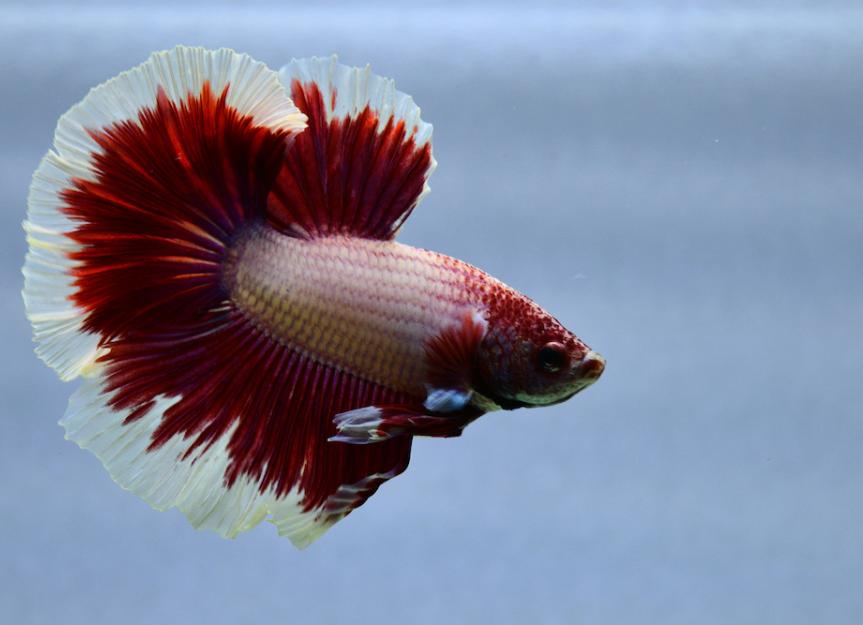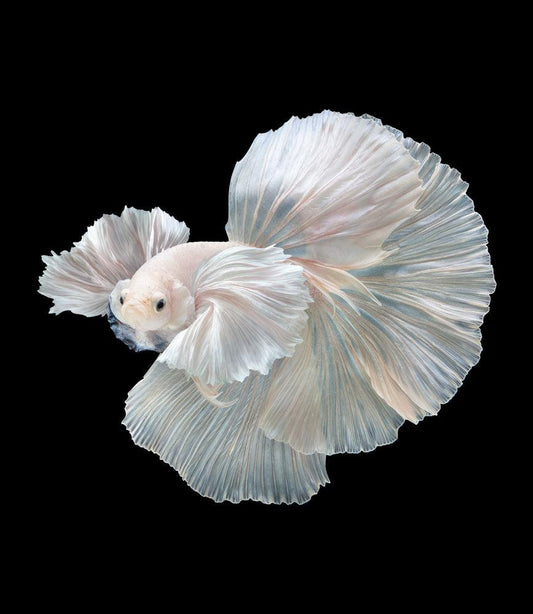How to Introduce Betta Fish to a Neighborhood Storage Tank Securely
How to Introduce Betta Fish to a Neighborhood Storage Tank Securely
Blog Article
Breeding Betta Fish: a Comprehensive Step-By-Step Guide to Successfully Raising Child Bettas From Eggs to The Adult Years
Reproducing Betta fish is a thorough endeavor that requires careful preparation and implementation to make sure the effective development of fry from eggs to mature fish. Picking genetically diverse breeding sets with preferable qualities is only the start; creating an ideal environment and understanding the intricacies of the breeding procedure are equally critical. As the male Betta carefully constructs a bubble nest and guards the precious eggs, the succeeding stages of care and shift need focus to information and knowledge of finest practices. Exactly how does one navigate the difficult yet fulfilling course of supporting these dynamic animals to their adult years?
:strip_icc()/how-long-do-bettas-live-1380782-hero-813aa5d34bab48cdb333edfe02471dad.jpg)
Selecting Breeding Pairs
When starting the trip of breeding Betta fish, selecting the right reproduction pairs is important to attaining preferable traits and a healthy lineage - betta fish. The initial step in this procedure is to identify the specific qualities you desire to improve or protect, such as shade, fin kind, and physique. It is necessary to pick genetically diverse pairs to prevent inbreeding, which can result in wellness concerns and undesirable attributes
Review prospective breeding candidates very carefully. A healthy and balanced male Betta should show dynamic shades, an energetic attitude, and well-formed fins, while the woman ought to also show vibrant pigmentation and a rounded tummy, indicating readiness for spawning. Observing the temperament of both fish is vital, as aggressive or excessively shy people might not breed effectively.
Documents of lineage is just as essential. Maintaining documents of the parent fish's origins can aid you track genetic attributes and prospective concerns. Additionally, speak with reliable breeders or on-line resources for guidance on selecting suitable sets. Inevitably, investing time in the selection process will considerably boost the probability of generating solid, vibrant children that satisfy your breeding goals (betta fish).

Preparing the Breeding Container
Producing an optimal breeding setting is a crucial step after picking suitable pairs for Betta fish. The reproduction storage tank ought to be especially developed to supply convenience and boost the all-natural breeding actions of the fish. Begin with a tank dimension of at the very least 10 gallons to guarantee adequate area for both the male and female Bettas.
Preserve a mild filtration system to keep the water clean while staying clear of strong currents that can emphasize the fish. Furthermore, an air rock can be contributed to give oxygenation without disrupting the water surface area excessive.
Temperature level policy is crucial; go for a stable variety of 78-82 ° F(25-28 ° C) using a reliable heater. The pH degree must be kept in between 6.5 and 7.5, and normal water adjustments are necessary to ensure high water high quality.
Include floating plants or generating sponges to develop hiding places for the woman, while also encouraging bubble nest building by the man - betta fish. Make sure the storage tank is cost-free from sharp designs and any kind of prospective risks, as the well-being of the fish must constantly be focused on throughout this critical stage of reproduction.
The Reproduction Process
Generally, the breeding procedure for Betta fish entails a series of distinctive and visible habits that show preparedness for reproduction. The male Betta starts by developing a bubble nest at the water's surface area, which offers as a site for the fertilized eggs. This nest is essential, as it gives a safe atmosphere for the eggs up until they hatch.
When the nest is established, the my company male will display courtship actions, such as flaring his fins and showing dynamic shades to attract the female. The woman, upon noticing the man's preparedness, will react by presenting vertical red stripes along her body, signifying her receptiveness.
The fertilized eggs after that fall to the bubble nest, where the male carefully collects and returns them to the nest. Following this, the male presumes obligation for securing the nest and ensuring the security of the eggs till they hatch out, normally within 24-36 hours.
Taking Care Of Betta Fry
Looking after Betta fry requires careful focus to their setting and nourishment to ensure healthy development and advancement. After hatching out, Betta fry are exceptionally little and at risk, necessitating a steady and tidy environment. Maintaining a water temperature in between 78 ° F and 80 ° F is essential, as Betta fry prosper in warm problems. In addition, guarantee that the water is devoid of harmful toxins; normal water modifications of 10-20% are suggested to maintain optimum water high quality.
Feeding Betta fry is similarly essential. They must be provided infusoria or carefully smashed top quality fry food, as their mouths are too tiny to handle bigger bits. As they grow, you can progressively present larger foods, such as child salt water shrimp or powdered flakes, to guarantee they receive sufficient nourishment. Feed them percentages a number of times a day, being cautious not to overfeed, which can lead to water quality problems.
Transitioning to Adult Bettas
As Betta fry mature, transitioning them to grown-up Bettas is an important stage that calls for my response mindful administration of their setting and social interactions. This procedure normally begins when the fry reach around six weeks old, whereupon they can be slowly introduced to an extra structured living setting.
To facilitate this shift, it is necessary to make sure that the water specifications-- Check This Out such as temperature level, pH, and ammonia degrees-- are optimal and secure. Adult Betta fish flourish in warm water (around 78-80 ° F) with a pH of 6.5 to 7.5. Progressively acclimate the fry to these conditions to lessen stress and anxiety.
Social communications are another key element; man Bettas are infamously territorial and hostile. Therefore, it is advisable to separate men into private storage tanks as they grow. Women Bettas can be housed with each other, but treatment should be taken to check for signs of aggression.
In addition, dietary adjustments should be made as the fry grow. Incorporate top notch pellets and live foods to support their growth and health. By handling these aspects effectively, you can promote a successful transition to adulthood for your Betta fish.

Final Thought
Effective breeding of Betta fish requires cautious interest to detail throughout the entire process, from picking genetically diverse pairs to offering optimal look after fry. By guaranteeing appropriate breeding problems and preserving water high quality, the possibility of healthy spawn enhances dramatically. Furthermore, a well balanced diet plan and progressive adjustment to grown-up settings are important for the growth and growth of Betta fish. Adhering to these steps carefully promotes a prospering population of Betta fish, improving both their wellness and vitality.
Report this page